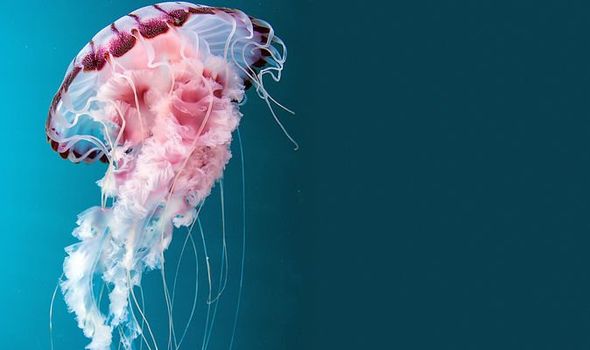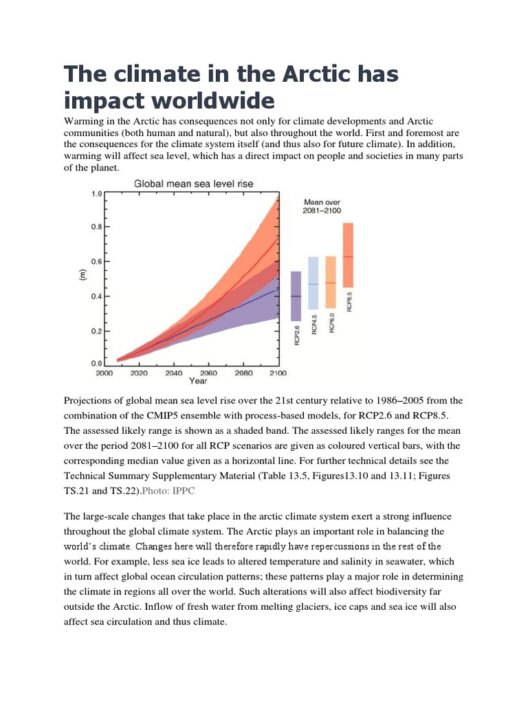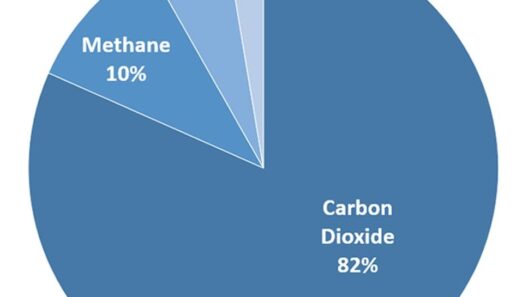Jellyfish, creatures often regarded as bell-shaped enigmas of the ocean, are markedly thriving in an era characterized by climactic unpredictability and rising global temperatures. While numerous marine species face existential threats due to the ramifications of climate change, jellyfish seem to flourish, adapting to circumstances that would typically endanger other forms of marine life. This phenomenon is unsettling and warrants a meticulous examination of the factors contributing to the jellyfish population boom.
Firstly, one cannot overlook the ecological adaptability associated with jellyfish. Discernibly, these organisms are resilient. They possess a simple body structure that allows them to survive in diverse environments, even those experiencing increased temperature fluctuations. With no heart, brain, or specialized organs, jellyfish are remarkably efficient in their energy use. This minimalist design grants them a survival advantage, particularly in conditions where other species must expend vast amounts of energy to maintain homeostasis. As oceans grow warmer, jellyfish capitalise on their ability to tolerate extreme conditions, establishing themselves in ecosystems that are inhospitable to many other marine species.
Furthermore, as the water temperatures rise, the food web dynamics shift in favor of jellyfish. Nutrients such as phytoplankton proliferate in warmer waters, creating a cornucopia of food upon which jellyfish can thrive. Their predatory nature enables them to feast on these abundant resources, propelling their populations into a bloom whenever conditions are ripe. This dynamic stands in stark contrast to species that require more specialized diets or habitats. For instance, many fish and mollusk species are struggling to adapt to changing conditions that their lifecycle relies upon. In stark contrast, jellyfish thrive in nutrient-rich blooms, making them perennial benefactors of ecological imbalance.
Another salient factor propelling the jellyfish surge is the pervasive issue of overfishing. As human activity exhausts the populations of larger fish species, the imbalance created in marine ecosystems enables jellyfish to proliferate unchecked. Overfishing diminishes the natural predators that would otherwise regulate jellyfish populations. Consequently, this diminishment fosters an environment conducive to jellyfish expansion; as larger fish become scarcer, jellyfish fill the void, leading to a proliferation that bodes ill for commercial fisheries and local marine ecosystems.
Additionally, pollution plays an ancillary role in facilitating jellyfish growth. The influx of plastic waste and nutrient runoffs creates an inviting environment for jellyfish polyps to settle. These organisms are capable of abating the toxic influences of pollution better than most marine life. In fact, jellyfish can exist in oxygen-depleted environments where other species would perish. The proliferation of dead zones—areas devoid of oxygen due to pollution and climate change—may allow jellyfish populations to rise as they exploit niches largely abandoned by other marine organisms.
Moreover, changes in ocean chemistry, largely prompted by climate change, lead to increased acidification. This process affects calcifying organisms like corals and shellfish, further destabilising marine ecosystems. Higher acidity can diminish the populations of organisms that compete with or serve as food sources for jellyfish. As coral reefs, crucial marine habitats, succumb to bleaching and degradation, jellyfish can capitalise on the vacant ecological niches left behind, further entrenching their dominance in the marine food web.
Interestingly, the reproductive strategies of jellyfish also afford them an advantage in fluctuating climates. Their life cycle is typically characterized by both sexual and asexual reproduction, allowing them to adapt swiftly to environmental changes. During favorable conditions, jellyfish can reproduce in vast numbers, producing numerous larvae. This ability to rapidly increase populations serves as a buffer against environmental challenges. In contrast, many species with more complex life cycles cannot respond as swiftly to shifting conditions, rendering them vulnerable as competition for resources intensifies.
In juxtaposition, the impacts of climate change on traditional fisheries have led to a reduction in the availability of marine resources for communities relying on fish as a staple. This deficit has created ripple effects across the food chain, contributing to declines in the health of many marine species. Whereas jellyfish continue to proliferate, fish populations have plummeted, demonstrating a concerning trend in ecological equilibrium.
In summation, as troubling as it may be, the jellyfish’s ascendancy at the expense of numerous other marine species illuminates paramount issues arising from anthropogenic activities. From overfishing and pollution to climate-induced ocean changes, jellyfish are not merely an indicator of temperature rises but a harbinger of an altered marine ecosystem. Their exceptional adaptability and survival strategies render them resilient amidst chaos while casting a spotlight on the failures of marine conservation and management. As humanity forges into an uncertain future bioengineered by climate change, it becomes increasingly clear that the thriving jellyfish population is both an ecological triumph and a warning, urging a reevaluation of our relationship with marine environments. The decline of traditional species is not merely an inconvenience; it reveals an enchanting complexity tangled within our ecological web where jellyfish now reign supreme.







